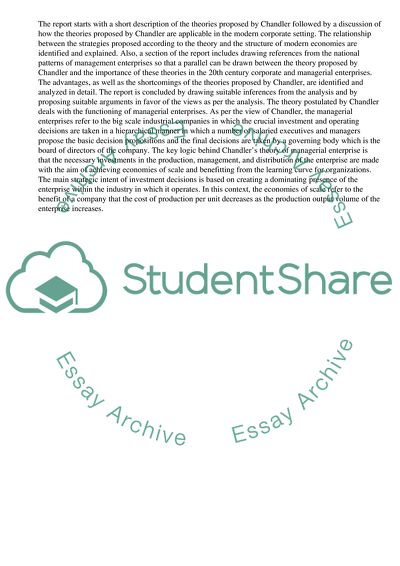Cite this document
(“Managerial Enterprise Theory Presented by Alfred Chandler Essay - 5”, n.d.)
Managerial Enterprise Theory Presented by Alfred Chandler Essay - 5. Retrieved from https://studentshare.org/management/1681210-to-what-extent-can-chandlers-model-of-large-scale-integrated-managerial-enterprise-explain-the-long-term-competitiveness-of-leading-economies
Managerial Enterprise Theory Presented by Alfred Chandler Essay - 5. Retrieved from https://studentshare.org/management/1681210-to-what-extent-can-chandlers-model-of-large-scale-integrated-managerial-enterprise-explain-the-long-term-competitiveness-of-leading-economies
(Managerial Enterprise Theory Presented by Alfred Chandler Essay - 5)
Managerial Enterprise Theory Presented by Alfred Chandler Essay - 5. https://studentshare.org/management/1681210-to-what-extent-can-chandlers-model-of-large-scale-integrated-managerial-enterprise-explain-the-long-term-competitiveness-of-leading-economies.
Managerial Enterprise Theory Presented by Alfred Chandler Essay - 5. https://studentshare.org/management/1681210-to-what-extent-can-chandlers-model-of-large-scale-integrated-managerial-enterprise-explain-the-long-term-competitiveness-of-leading-economies.
“Managerial Enterprise Theory Presented by Alfred Chandler Essay - 5”, n.d. https://studentshare.org/management/1681210-to-what-extent-can-chandlers-model-of-large-scale-integrated-managerial-enterprise-explain-the-long-term-competitiveness-of-leading-economies.


